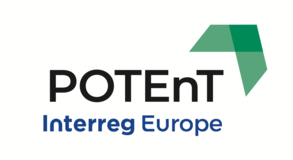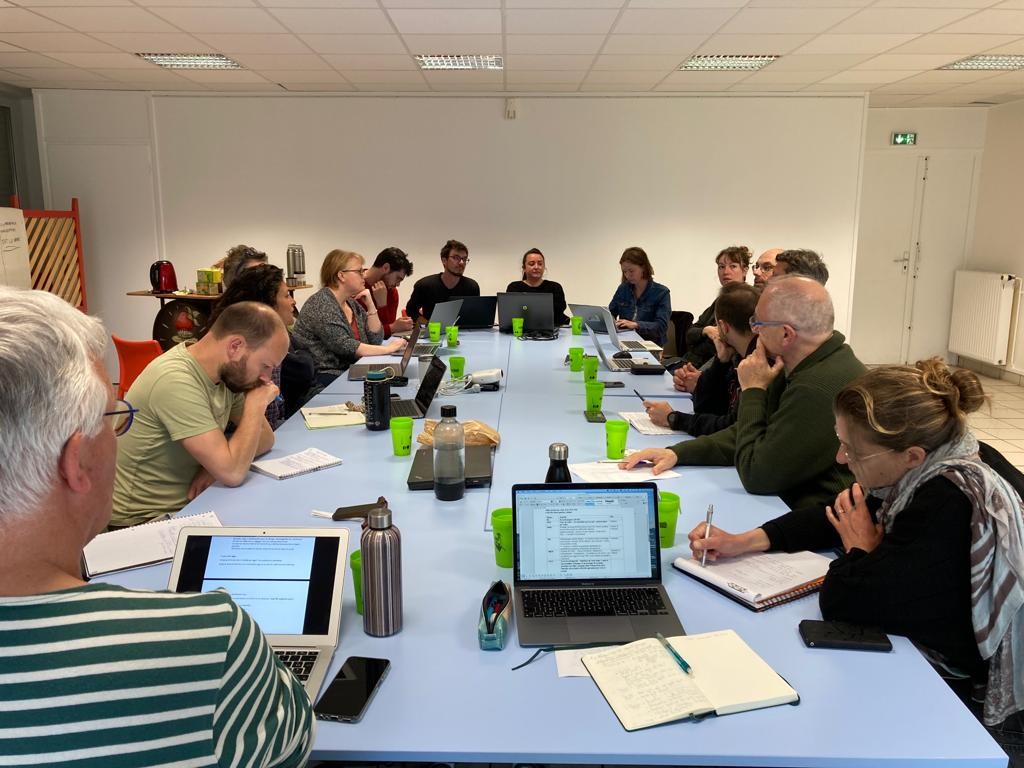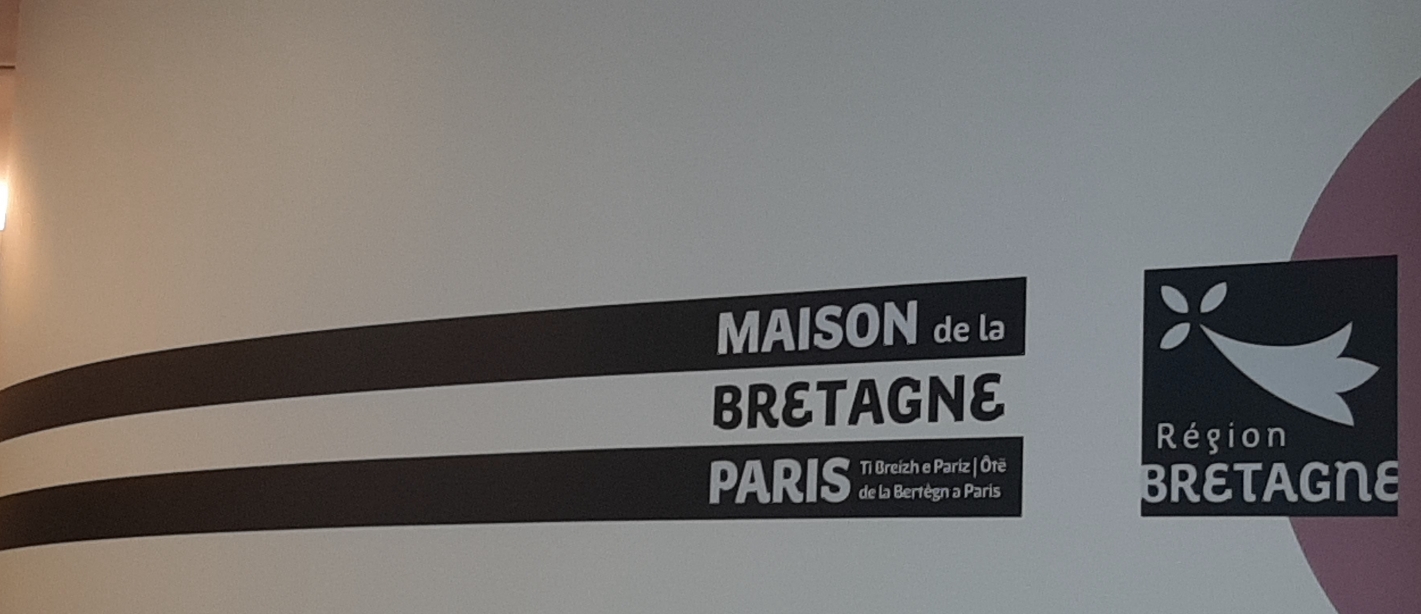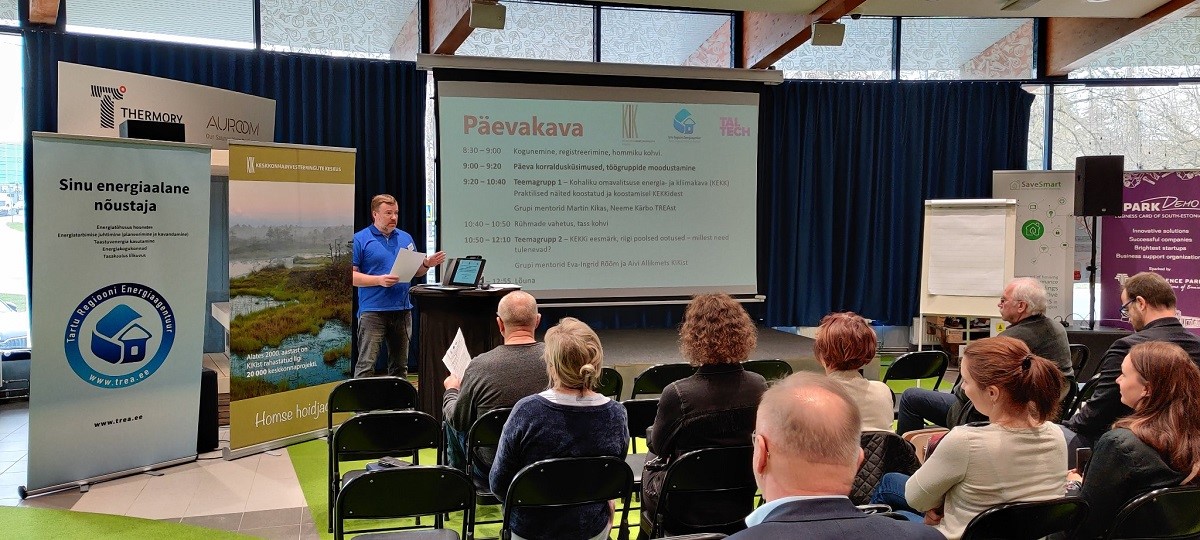In December 2020, 10 entities between research, public and private organizations in Parma signed a Carbon Neutrality Climate Pact to decarbonize the province of Parma. An ambitious and thrilling goal that requires a systemic transformation on all levels of governance: social, economic, and environmental.

To achieve integration of different fields of governance and actively engage citizens, the members of the partnership have cross-sectorial and complementary spheres of influence: three wide-city consortiums dealing respectively with agriculture, forestry, and industry are joint into Parma’s Carbon Neutrality Alliance. In parallel, the University of Parma, the Regional Agency for Energy and Environment (ARPAE), and the Italian National Research Council (CNR) provide the Alliance with technical consultancy (e.g. development of a Carbon Budget to quantify the CO2 emissions).
Ultimately, Emilia Romagna regional authority, the Province of Parma, and Parma’s City Council guarantee the support and coordination of the Carbon Neutrality Alliance. Indeed, the virtuous transformative effect of such a partnership will strictly depend on the level of engagement of the society and new signatories. Coordination and synergy are mandatory.
A new carbon baseline will be soon realized by the University of Parma. The calculation indicates that approximately 4.3 million tons of CO2 emissions eq. need to be reduced to reach complete decarbonization by 2030.
Extreme situations require extreme solutions: this is why the Carbon Neutrality Alliance of the Province of Parma is about to inaugurate its first year of existence with the launch of the spin-off “Parma No-Carbon 2030”. This initiative, developed during the first year of the Alliance by the Strategic Working Group, intends to start a virtuous governance cycle allowing a successful engagement of all participants.
The coordination among the project managers of the Operative Direction and the experts of the Technical Direction will generate a feedback loop on the project initiatives on the territory. In particular, the operative direction will collect and analyze the proposals, and, with the assistance of the Technical Direction will find the best synergies between the various project ideas.
However, projects need to be evaluated and certified by the experts of the Technical Direction by taking into account the expected impact in terms of CO2 emissions and the effort put by every single partner, along with other indicators. Ultimately, the most virtuous and active participants will be rewarded with communication materials, assistance in the application to European projects, the possibility to host cultural dissemination events, and much more.

Concept map: the governance of the new Carbon Neutrality Alliance
The development of the proposal of Parma-No Carbon 2030 was a shared effort between The National Research Council (CNR), the University of Parma (UNIPR), the Regional Agency for Energy and Environment (ARPAE), the Emilia-Romagna Region, and Parma’s City Council, which shared the experience gained thanks to some of EU initiatives. As an example, some of POTEnT’s study visits provided some inspirational material that lead to the creation of this governance system. In addition, Parma City Council recently took part in the Covenant of Mayors Expert mission, a sub-program of the Covenant of Mayors that gave the municipality the possibility to enter in contact with the Low Carbon Framework’s Shadow Board, Sunderland’s Alliance for Carbon Neutrality.
The results of Interregional Learning can boost cities ‘commitment to climate change in many unexpected ways, this is another interesting example of that …
Interregional Learning is crucial!







